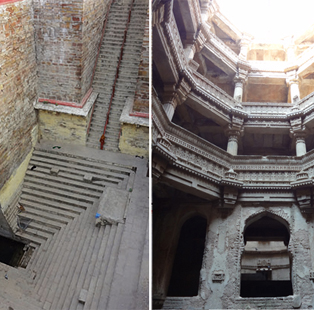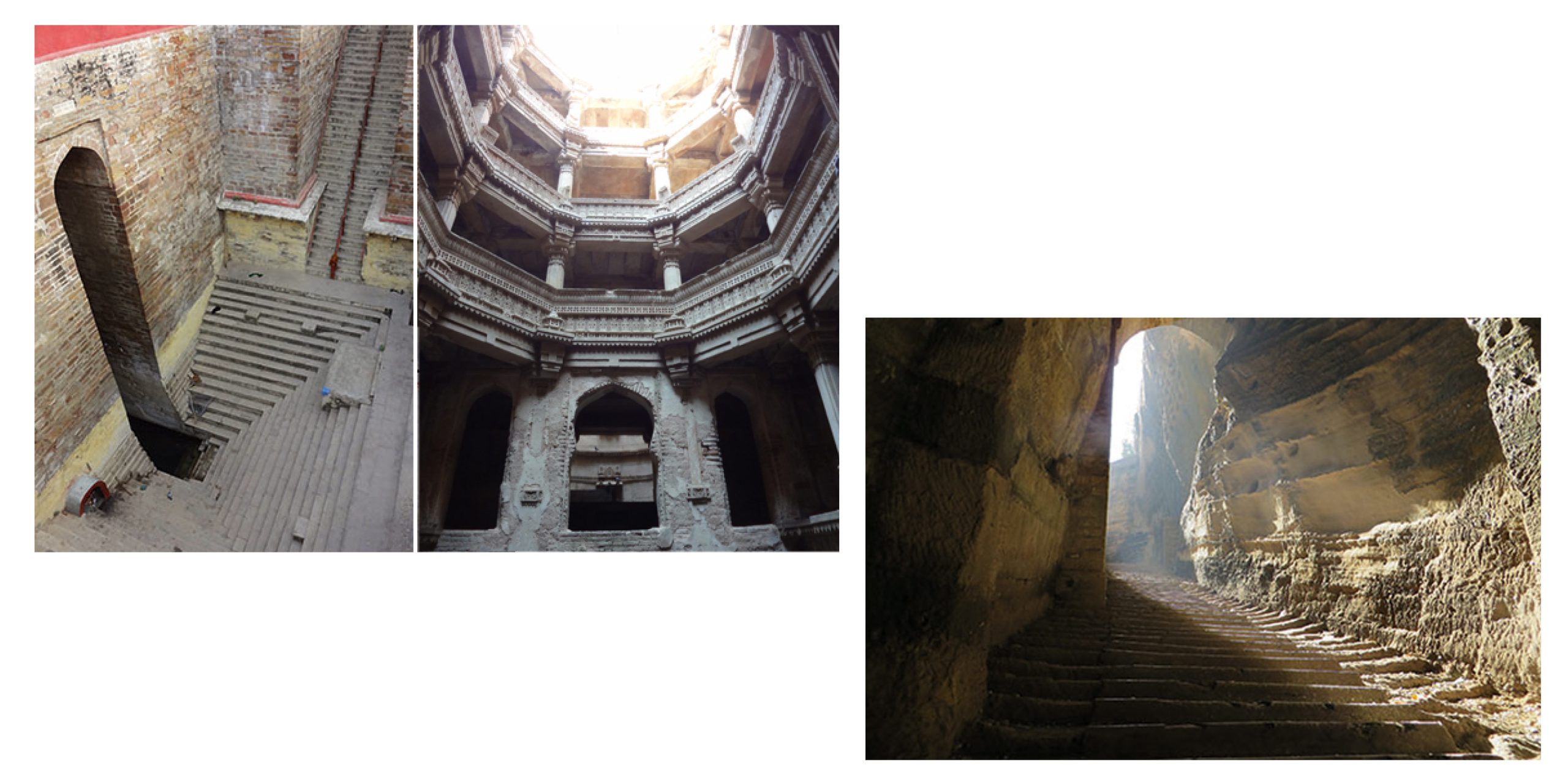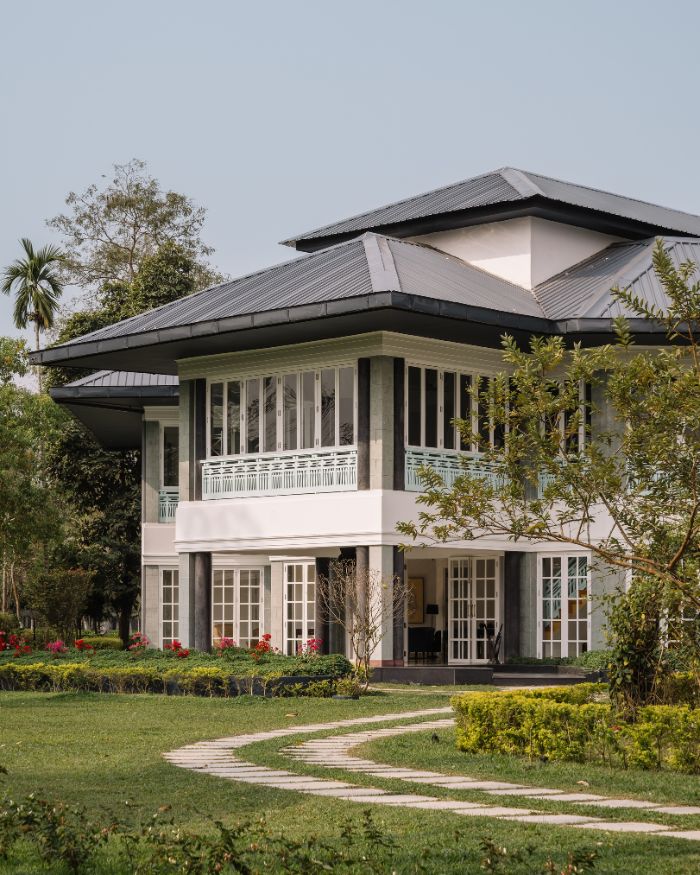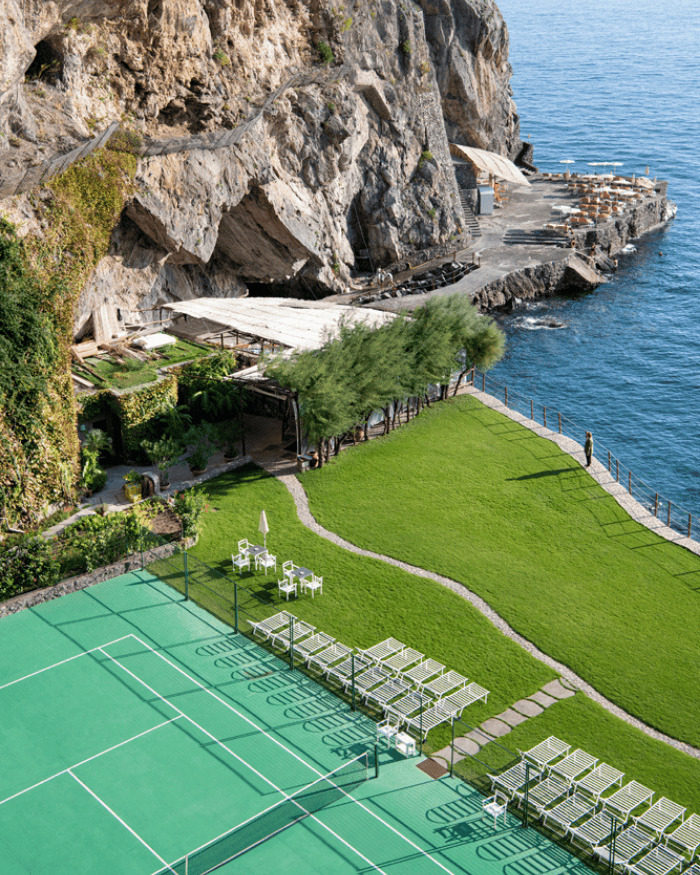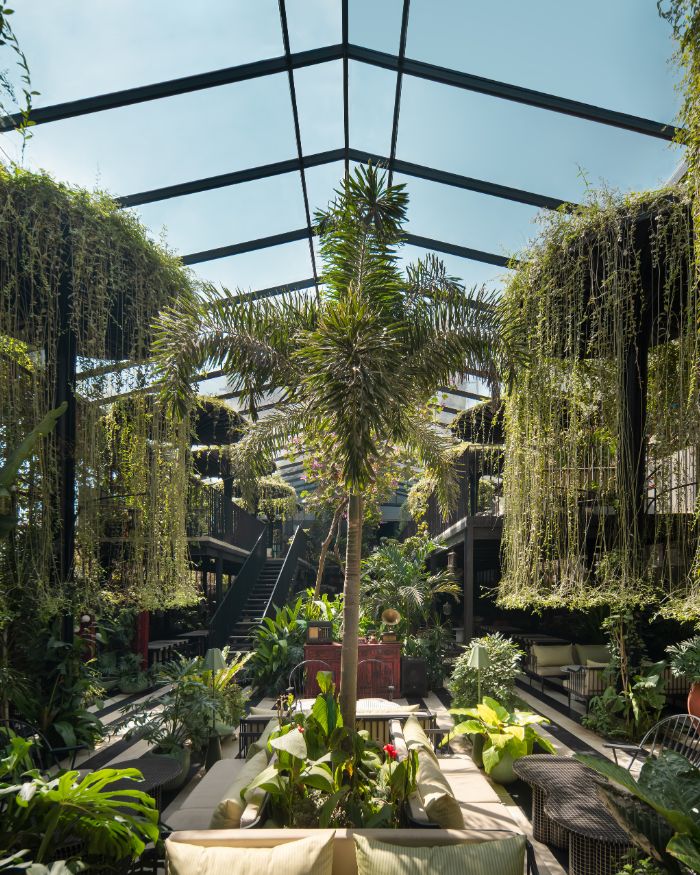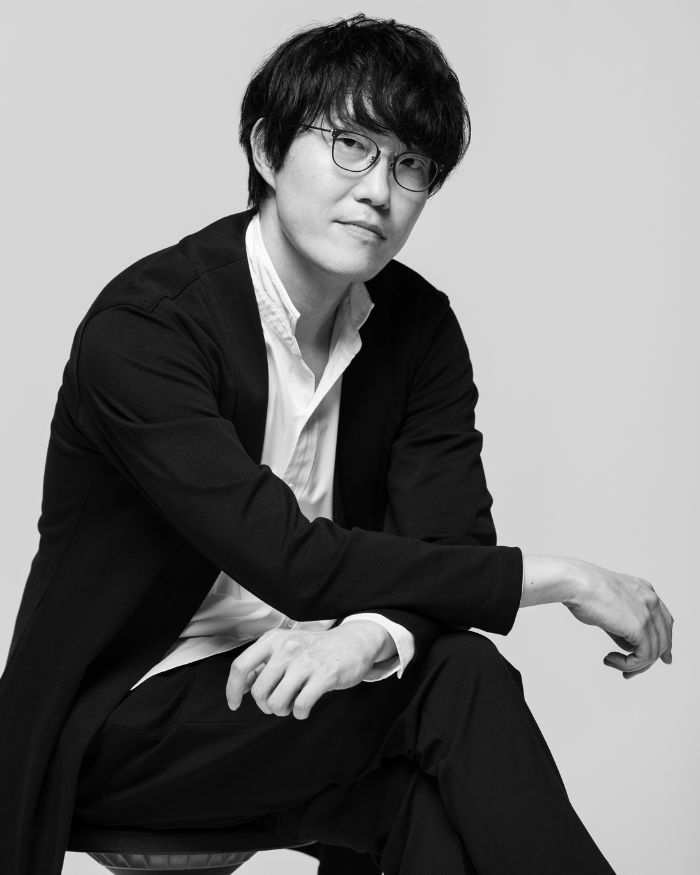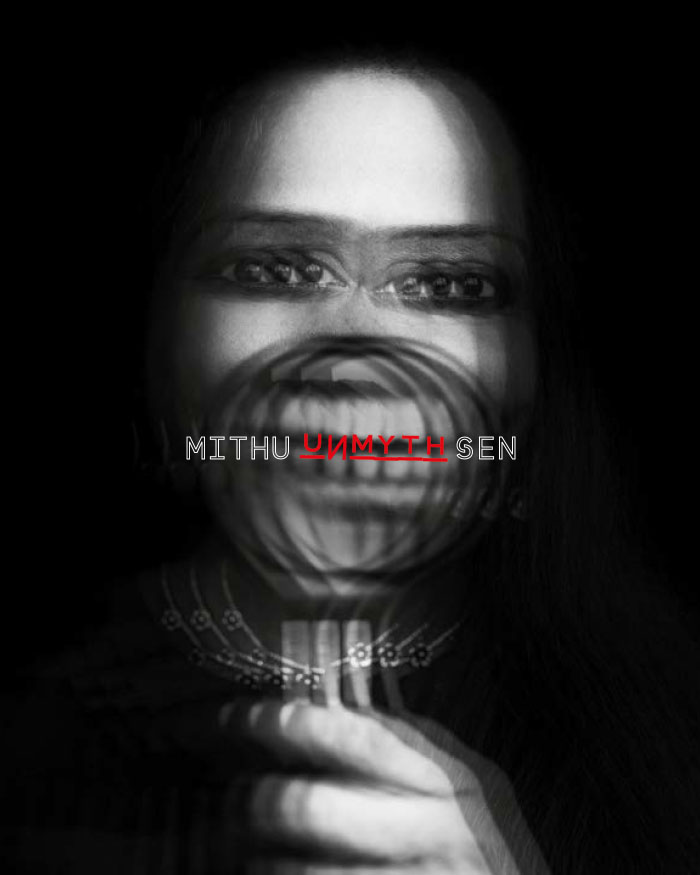Legend has it that a devoted queen decided to construct an embellished stepwell to honour her late husband. The man who had killed him, a neighbouring ruler, built the structure, to win her hand in marriage. However, on completion, Rani Roodabai jumped into the stepwell, to be one with her husband. The Rudabai Vav is now one of the most visited in India, infamous for the stubborn loyalty that led to its erection.
Three decades ago, Victoria Lautman found her way to the Rudabai Vav on a trip to India. The Chicago-based author and journalist knew she would come back to trace the stories and architectural genius behind these Indian icons. “I’d just never seen anything remotely like it (The Rudabai Vav) in all my travels. While the actual obsession didn’t kick in for many years, it was that indelible memory that set me on the path,” Victoria says, who tracked unnoticed stepwells for over 6 years and brought them to life in her book, The Vanishing Stepwells of India. “A stepwell hunt can indeed be difficult in many cases, involving hours of driving around in circles, doubling back, and even eventually giving up,” Victoria says, when asked about how she discovered so many of them. “It can be fun, frustrating, and rewarding all at once, but the most frustrating is when locals in a village, town, or even a city live within blocks of one and yet have no idea it’s there or how to find it,” she says. However, the journalist’s persistent research over the years gave way to a conflicted yet beautifully woven oral history, interspersed with inputs from well-known scholars. “There are so few solid facts about stepwells, it’s maddening. However, I relied on the impressive research of Jutta Jain-Neubauer, Morna Livingston, and Julia Hegewald a great deal, and it’s interesting that even they have conflicting information about names, dates and background,” she discloses. “Locals sometimes tell me wonderful stories about goddesses, ghosts, djinns, suicides, or murders, and it’s interesting how many of these stories are repeated nearly verbatim,” she says. Expect to find these insights behind the 200 stepwells she recorded. Victoria takes us through the historical by-lanes of an entire class of India’s oldest structures – descriptive stories, design narratives, colourful photography and GPS coordinates included. . “Two hundred doesn’t feel like nearly enough. There are literally hundreds more out there, calling to me.”
Website: www.victorialautman.com
Also read: India’s going to get its first sculpture park!

